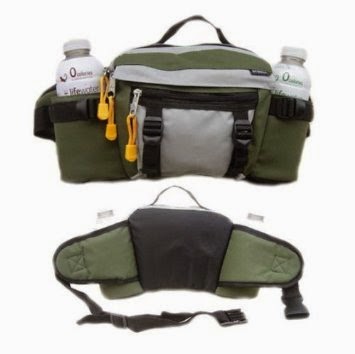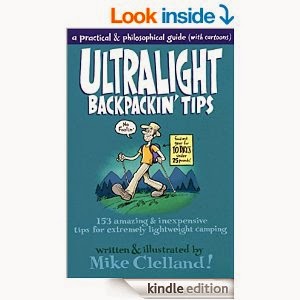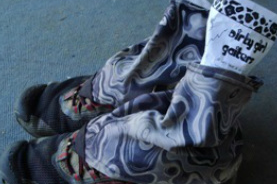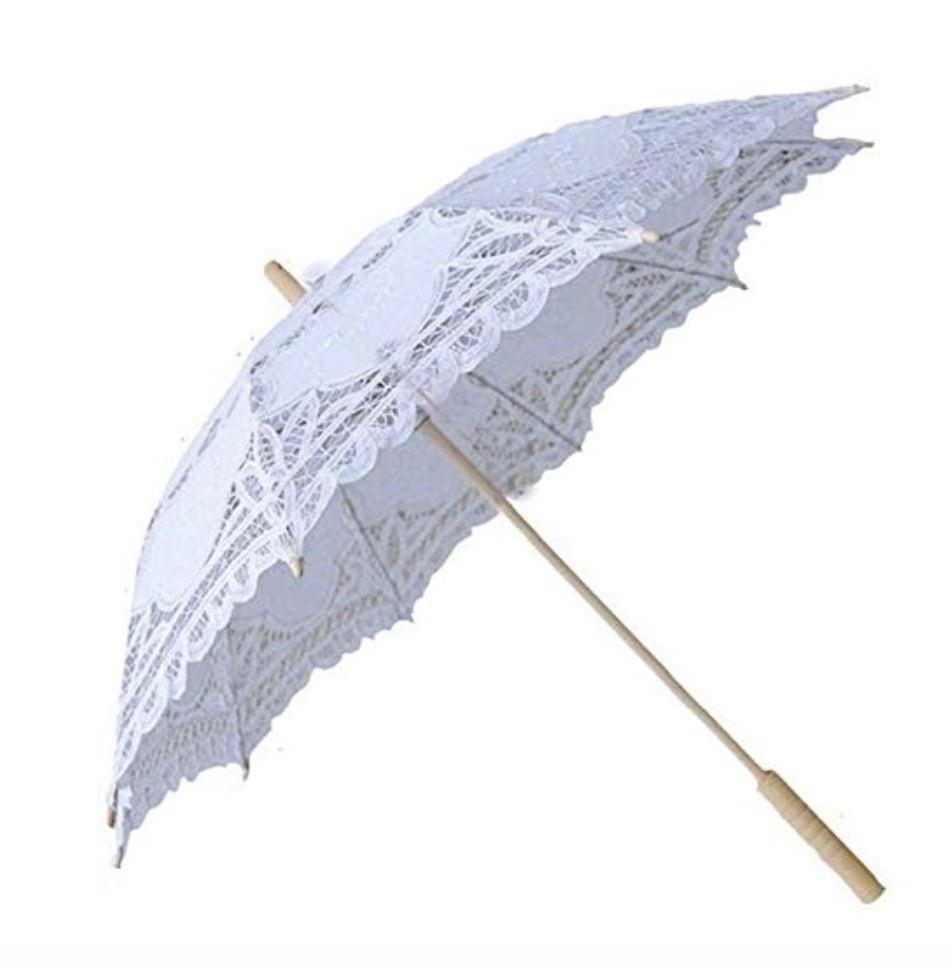
This blog posts on Mondays. Second Mondays of the month I devote to my writing workshop students and anyone else interested in creative writing. Welcome!
> For the archive of workshop posts click here.
Special Note: I ever and always invite comments at the end of each blog post but for this post in particular I would especially like to hear comments and any tips from those of you who have been wrestling with your own working libraries. (It strikes me that in all the many writers’ workshops and writers’ conferences I have attended over the years I have never seen this vital practical necessity addressed. And what I have seen in terms of advice from librarians and personal organizers is not quite apt for a working writer’s needs. Have I missed something?)

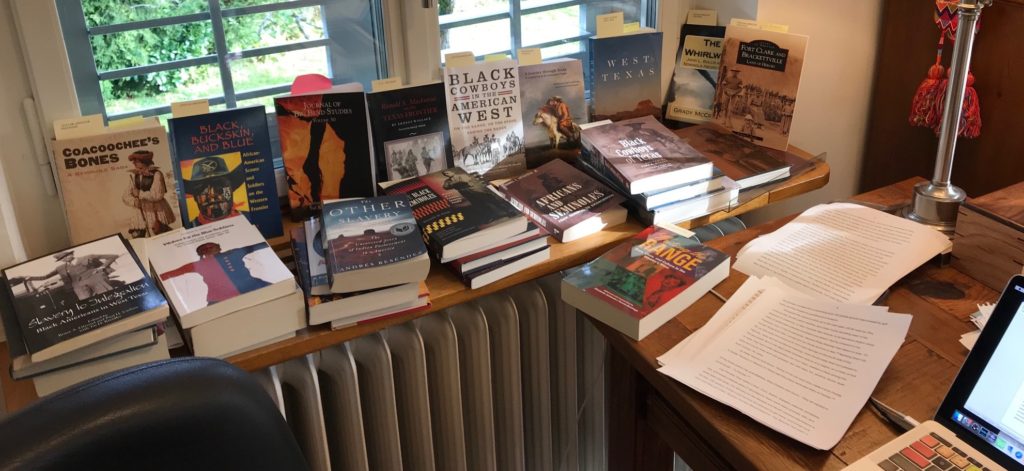

Why a Working Library?
Why should you have a working library? Well, dear writerly reader, maybe you shouldn’t. It depends on what you are writing.
Poetry or, say, a novel of the imagination might require nothing more than a dictionary and thesaurus–– and of course, you could access those online. Perhaps, should you feel so moved, for inspiration you might keep a shelf or two of books by your favorite writers, and perhaps another shelf devoted to books on craft, on process, etc. Or not.
The need for a working library arises when you attempt to write historical fiction or in some genre of nonfiction, for example, a biography, history, or travel memoir. And the problem is–– if I can extrapolate from my own experience––which perhaps I cannot–– but I’ll betcha 1,000 books and three cheesecakes with a pound of cherries on top that I can––you are going to ginormously underestimate how fast and how very necessarily your working library expands, how much space it gobbles up, and how quickly any disorganization unravels into further disorganization, and to muddle the metaphor, makes a clogged up mega-mess of your writing process.
you are going to ginormously underestimate how fast and how very necessarily that working library expands, and how much space it gobbles up, and how quickly any disorganization unravels into further disorganization, and to muddle the metaphor, makes a clogged up mega-mess of your writing process.
In short, by underestimating the importance of first, acquiring, and second, adequately shelving, and third, maintaining the organization of this collection, writing your book will turn into a more frustrating and lengthy process than it otherwise would have been. (Trust me, it will be frustrating and take forever and ten centuries anyway.)
Yes, I know about www.archive.org–– I oftentimes consult books there–– and I have accumulated a collection of Kindles. I also make use of public and university libraries when possible. (There is also the question of keeping paper and digital files, which would merit a separate post.) Nonetheless, my experience has been that a working library of physical books at-hand remains by far, as in, from-here-to-Pluto-and-back, my most vital resource.
About My Working Libraries, In Brief
First understand: I am not a book hoarder! When I do not have a compelling reason and/or space to keep a book, off it goes– to another reader or to donation. (See my previous post “How to Declutter a Library.”) I don’t live in a house the size of an abandoned aircraft hanger; it would be impossible for me to keep every book I’ve read in my life and still find my way in and out of the front door. Aside from a handful (literally maybe 10) that I hold onto for sentimental reasons, the books I keep for the long term I have a precise reason to keep: to assist me as I write my books. And I maintain them scrupulously organized as working libraries.
No, I do not have OCD. Scrupulous organization is terrifically important! My motto: A book I cannot find is a book I do not have. Disorganization is a form of poverty.
A book I cannot find is a book I do not have.
Disorganization is a form of poverty.
Over many years of writing several books, each with its own working library, and also teaching, and so gathering an ever-growing working library on craft and process, I have accumulated a daunting number of books, and to keep them all accessible I have had to tackle some eye-crossing challenges. (Add to that moving house a few times in mid-book and, boy howdy, did I get an education in organizing!)
My books for which I assembled and continue to maintain working libraries include:
Miraculous Air: Journey of a Thousand Miles through Baja California, the Other Mexico
This is the second-to-smallest of the working libraries; it takes up most of a wall of shelves and includes works in English and Spanish. Many are rare memoirs and histories of what was, until the late 20th century, a spectacularly remote place.
The Last Prince of the Mexican Empire
This working library is more substantial, as it should be for a novel based on the true story set during Mexico’s most complex, tumultuous, and thoroughly transnational episode. (So why did France invade Mexico and install the Austrian Archduke as emperor and then why did the latter make a contract with the family of Mexico’s previous emperor giving them the status of the Murat princes?!!! It took me several years to get my mind around it all…) Some very rare Maximiliana.
Metaphysical Odyssey into the Mexican Revolution: Francisco I. Madero and His Secret Book, Spiritist Manual
This one is a wall, floor to ceiling, and includes many rare occult texts and also many now exceedingly rare books on the Mexican Revolution. It also has a copy of Madero’s Manual espírita of 1911 and the also very rare Barcelona reprint of circa 1924.
World Waiting for a Dream: A Turn in Far West Texas
(in-progress) I call this one my “Texas Bibliothek.” This one is just… sorry for the cliché… GIANT. Texans are far more literarily industrious than most people imagine, and there is endless celebration of and controversy about their culture and history. Some of the works published just in the last decade are paradigm-smashers. I’ve had a heap of very necessary reading to keep up with… Plus understanding Far West Texas requires fathoming what surrounds it– New Mexico to the west, Coahuila and Chihuahua to the south, the heartland of Texas and Gulf to the east, the Llano Estacado to the north…and the larger geological, geopolitical, and cultural context. Oh, and all about oil!! This has been my most challenging book yet. Wish me luck.
Plus, as mentioned, I maintain a working library on the craft of writing and creative process which I consult for both my writing workshops and my own writing. Accumulated over some twenty years, this is a substantial working library, but it is the smallest. I haven’t counted but I’d say this has some 250 books.
(Did I mention, I’m not 25 years old? If I live to 100… uh oh…)
Why, pray tell, keep all of these books,
and even add to the collections, year after year?
(1) I often reference works in one collection for another another book (for example, in writing my book on Far West Texas I have consulted works in all four collections), and I expect this will continue with the projects I am contemplating for the future.
(2) I plan to see more of my books published in translation and so will require consulting some of the original texts (many in Spanish, some in German, a few in French) from which I quoted. This may or may not be an issue for you. But if it is, take heed. It can be crazy difficult and expensive to track some of these things down later.
(3) I often receive email from researchers, both amateur and academic, and I am delighted to assist, when I can, in answering their questions and for this oftentimes I need to reference a book or three in my collections. And what goes around comes around.
(4) I do not live near a relevant library and even if I did, many of the works in my collections are nonetheless exceedingly difficult to find. Plus, even if a nearby library were to have each and every book I would want to consult when I want to consult it, it’s a bother and a time-mega-suck to have to go to a library and call up so many books.
Yes, my working libraries take up a lot of space. This cranks my noodle. But a painter needs an atelier, no? Um, you aren’t going to bake bread in your lipstick compact.
Tips for Your Working Library
(Future Reminder to Take My Own Advice)
With all due respect for the operations of institutional libraries, earning a degree in Library Science is not on my schedule for this incarnation. But as a writer with my own absolutely necessary working libraries, none of them large enough in scale to require professional cataloging, yet each nonetheless larger than I was prepared to manage efficiently, alas….. painnnnnNNNfully…. I have learned a few things. What I offer here for you, dear writerly reader, is not the advice of a knowledgeable librarian but what I, a working writer having muddled through writing several books, would have told myself, had I been able to travel back in time… to the late 1990s.
(1) If you have good reason to think you’ll need it, don’t be pennywise and pound foolish, buy the book! To the degree possible, it is better to buy a first edition in fine condition; however, cheap used / ex-library copies are fine for a working library. Many ex-library books in good condition cost just pennies. (Or did you plan to write an sloppily researched, amateurish book?)
(2) Go head and mark up those ex-library books and mass-market paperbacks, but if you happen to have in your hands a hardcover first edition in fine condition, take care! Keep the dust jacket, protect it from any bumps and the sun, and if you must mark the pages, use only very light erasable pencil. Drink your coffee and eat your snacks at another time, in another room. (I shall spare you the super sad episodes…)
P.S. More tips on care and preservation of books here.
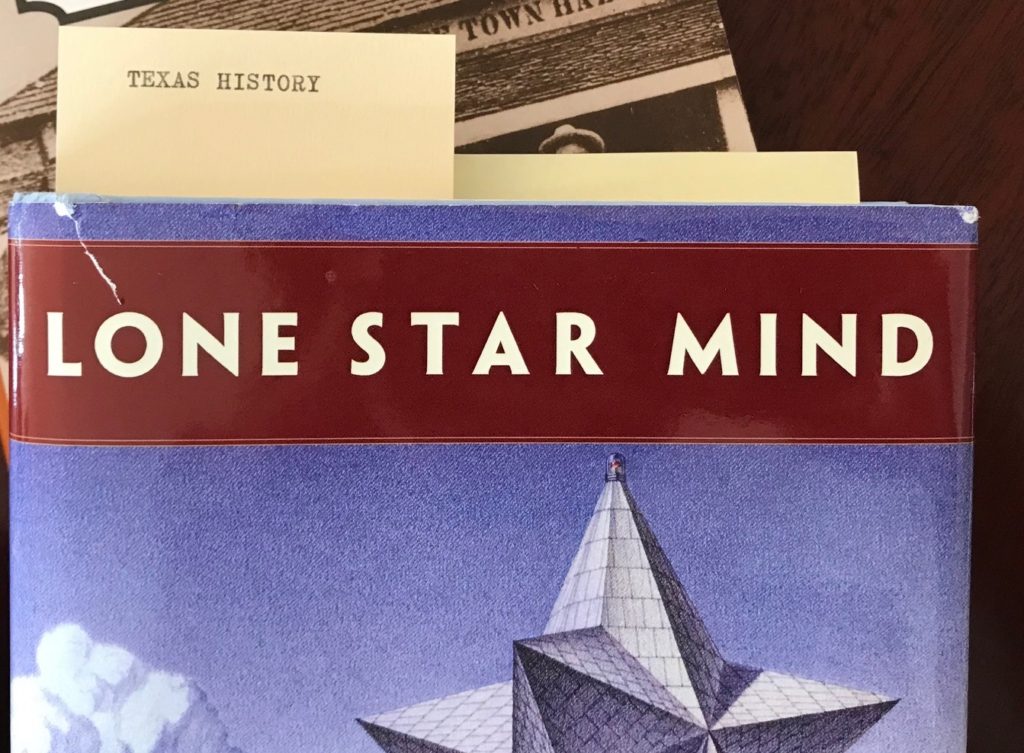
(3) You will need bodacious amounts of bookshelf space. And more after that, and even more after that…. If you do not have it, make it. If you cannot make space, then probably you should reconsider embarking on this type of writing project. I am not kidding.
(4) For keeping the books organized you will need a system that is at once flexible, easy-peasy, and supremely useful to you. It may not make sense to anyone else, but Anyone Else is not the name of the person writing your book.
It may not make sense to anyone else,
but Anyone Else is not the name
of the person writing your book.
For example, for my Texas Bibliothek, right now I have about 30 categories, each with from 10 to approximately 50 books in each. Each category I have defined to my liking, broad enough that it doesn’t occupy more than a brain cell or two to figure out, yet narrow enough that I don’t need to bother organizing the books alphabetically.
For my writing workshop working library however, I do have the craft and process books organized by author alphabetically. I have never been able to find a reasonable way–– reasonable for me––to break down the collection beyond books on “Craft” and on “Process.”
(5) Of course, some books could fall into more than one category, e.g., Jeff Guinn’s Our Land Before We Die: The Proud Story of the Seminole Negro could be in U.S. Military; African American/ Seminoles; Texas History; Regional History / Fort Clark; US-Mexico Borderlands. (I chose African American / Seminoles. But I might change my mind.) For such endless little categorization conundrums, well, say I, just apply deodorant and do what seems most sensible to you. You can always change your mind, and you probably will.
To make sure you do not overlook important works in your collection, as you work with your library, and as you dust it, make an effort to let your eyes rove over the whole of it.
(6) Dust regularly using an ostrich feather duster.
Seriously, go for the ostrich.
(7) For the shelves use BIG, READ-ICU-LOUS-LY EASY-TO-READ LABELS. I print these out on my computer, cut and tape them to index cards, and tape them on the shelves.

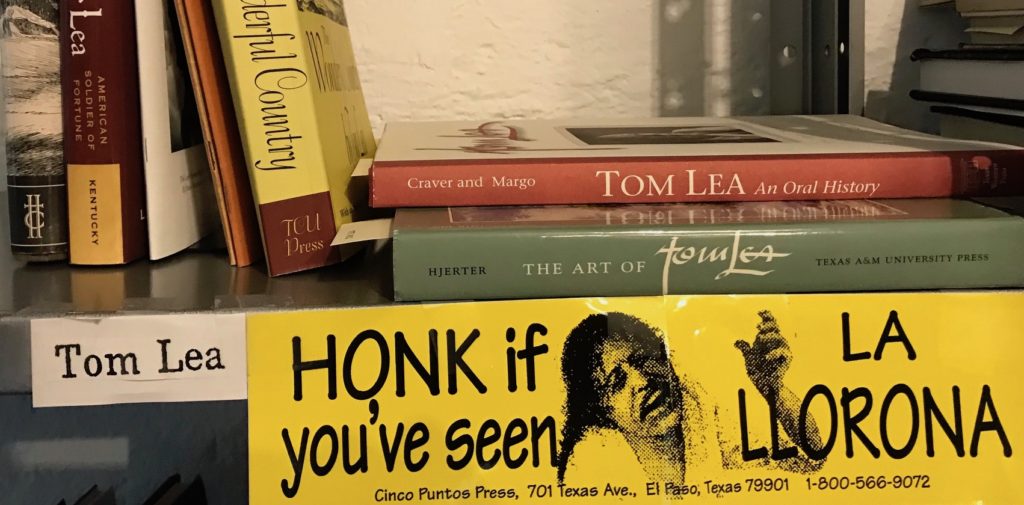
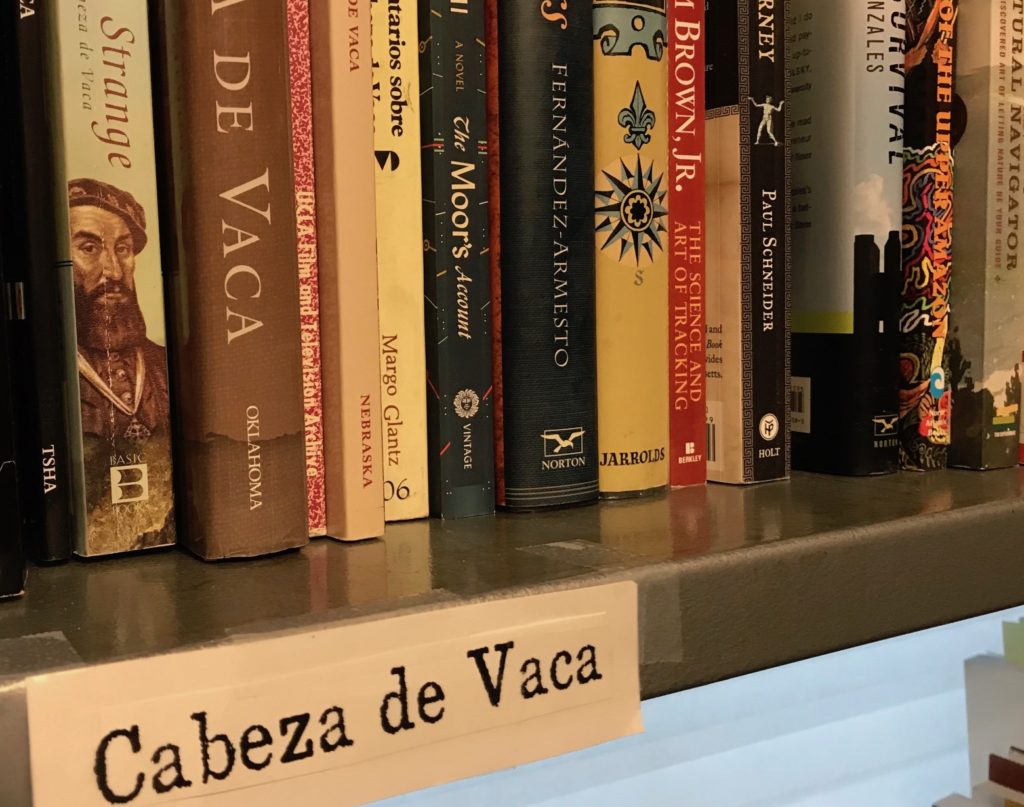
(8) Key is to be able to not only find, but lickety-split, without a thought––look, Ma, no brain cells!–– reshelve any and all books in your working library. Institutional libraries have catalogs you can consult and usually affix a sticker with the catalog number on each book’s spine, but for you, with your writer’s working library, this is probably going to be too fussy a process. And anyway you don’t want to be sticking anything on a rare or first edition book unless it has a mylar cover, in which case, you could put the sticker on the mylar cover. Mylar covers are nice… buying more is on my “to do ” list… but….
What works splendidly well for supersonic reshelving is a labeled bookmark. Yep. It’s this simple.
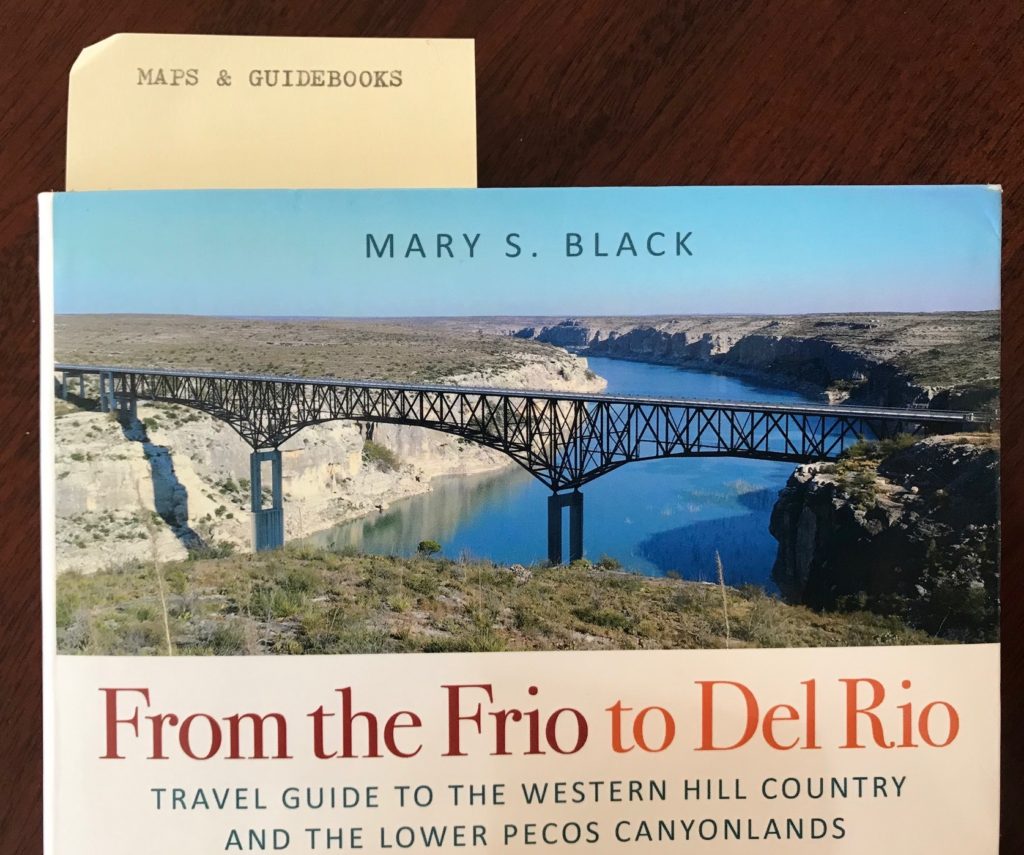
(9) To label each bookmark, get a typewriter because, for all the many other good reasons to use a typewriter, you can quickly type up legible labels on your bookmarks.
(=You can stop laughing now=)
Trying to make labels for bookmarks using a wordprocessing program and printer will give you a dumptruck of a headache. I used to be a fan of labelers such as the Brother Labeler. No more. Batteries, replacement cartridges… fooey. Yes, using your own handwriting may be the easiest of the peasiest, but it will slow you down when you are trying to reshelve books because the eye groks machine-written words so much faster.
Get the typewriter! A workhorse if you can, such as a refurbished Swiss-made Hermes 3000 from the 1960s-1970s.
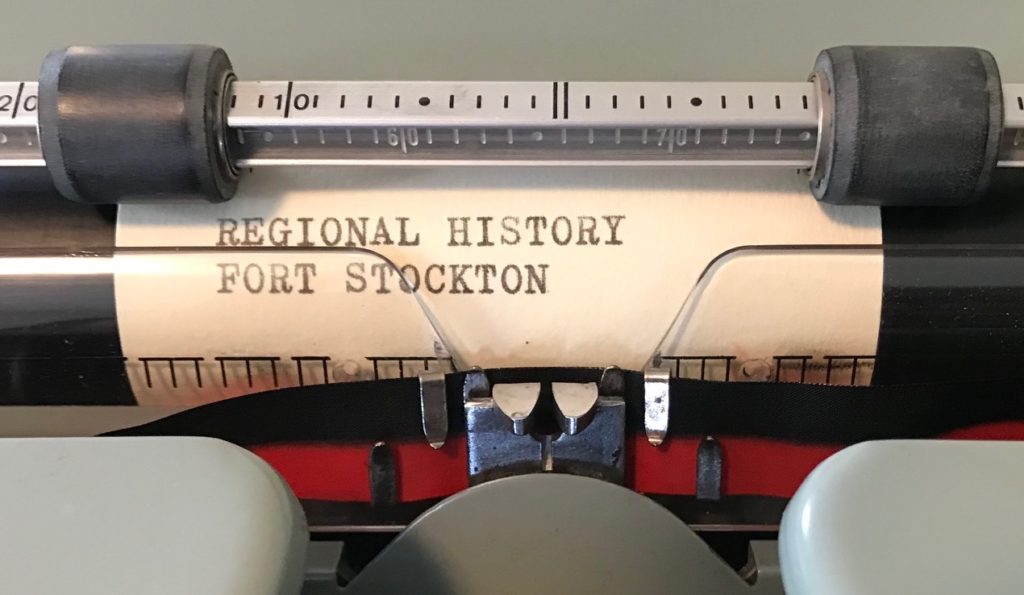
(1o) To make the bookmarks, use paper strong enough for the bookmark to always stand straight. I cut up left over or ready-to recycle file-folders for this purpose.
(11) To identify each working library (should you have more than one) place a sticker or stamp on each bookmark.


(12) Another advantage of these plain paper bookmarks is that you can easily change them. Just cut off the top and type in the new label! As you delve deeper into researching and writing your book, you will undoubtedly find it convenient to both add to and reconfigure the categories in your working library, and perhaps several times.
(13) Further consideration: While many book collectors write their name in the book or paste in a book plate, I stopped doing this several years ago because I found this made it more difficult for me to let go of books that, after all, I wanted to declutter. I might change my mind about this. A custom-made ex-libris has always seemed to me a lovely idea. It’s in my Filofax for my old age when, maybe, I live in a house the size of an aircraft hangar.
(14) Cataloging? Nah. Even with a wall or six or seven or ten filled from floor to ceiling with books you are still far from operating at the scale of an institutional library. A catalog, whether low-tech or high-tech, will take too much time to figure out and maintain (ugh, more glitch-ridden software updates). Ignore anyone who tries to sell you library cataloguing software. Seriously, trying to do it digitally in some-fangled DIY way may also end up proving more trouble for you than it’s worth. (… cough, cough… ) With adequate bookshelf space (see tip #3, above) and meaningful categories with BIG, RIDICULOUSLY EASY-TO-READ labels (see tip #7, above) you can grok your whole enchilada at a glance, or two.
However, it may make sense to catalog the books when you get to your long-term plan (see point 16 below).
(15) Ignore ignorant people who tut-tut that you should declutter your books. Have they ever tried to write a book? No, they have not. Smile sweetly as you shoot them eye-daggers.
(16) Make a long-term plan for your books because obviously, at some point, perhaps when you move into smaller digs for one reason or another, or you die, they have to go. If you are incapacitated or dead, these working libraries may prove a heavy burden for your family, literally, figuratively, and financially. Chances are your family members won’t have a clue what to do with them, nor the time, and possibly, alas, they may not even care. I aim to write more on this sticky wicket of a subject later; for now, I point you to a fantastic resource, the Brattlecast podcast #57 on “Shelf Preservation” from the Brattle Book Shop.

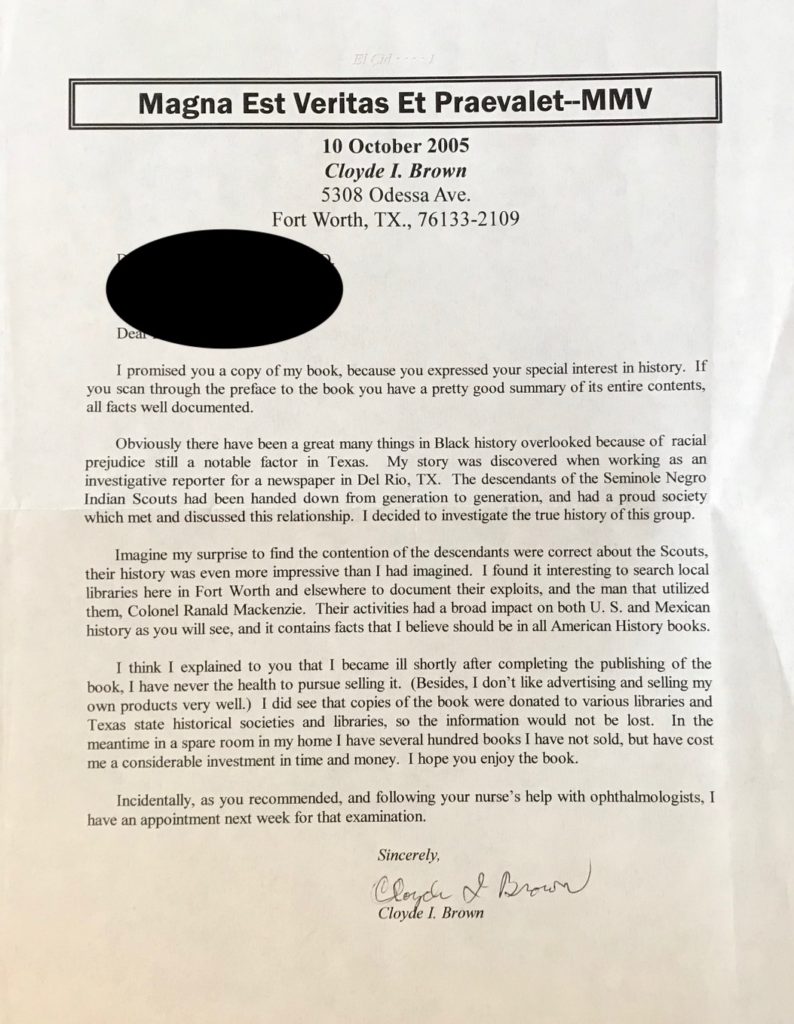
What has been your experience with your working libraries? Do you have any tips to share?
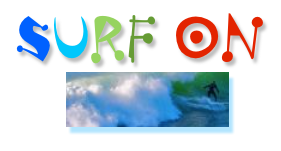
A Review of Patrick Dearen’s Bitter Waters: The Struggles of the Pecos River
On Writing About Mexico: Secrets and Surprises
Typosphere, Ho! “Stay West” on my 1961 Hermes 3000
Find out more about C.M. Mayo’s books, shorter works, podcasts, and more at www.cmmayo.com.



